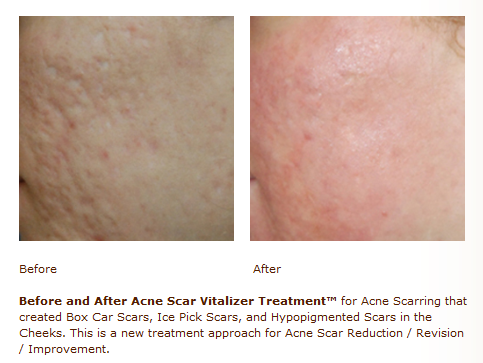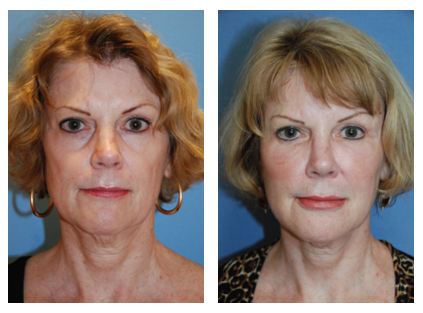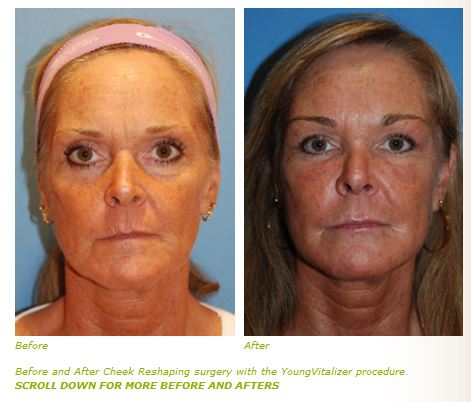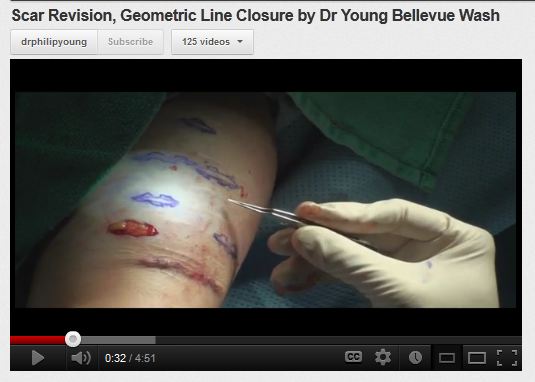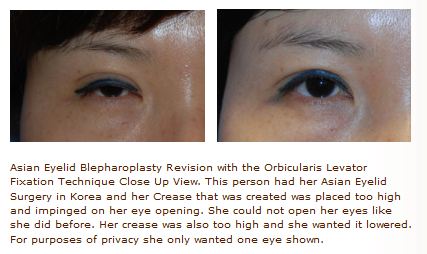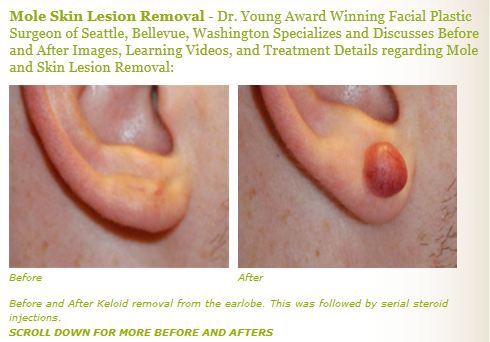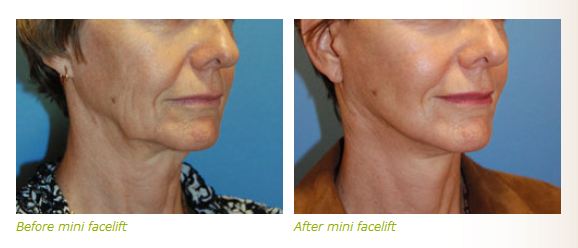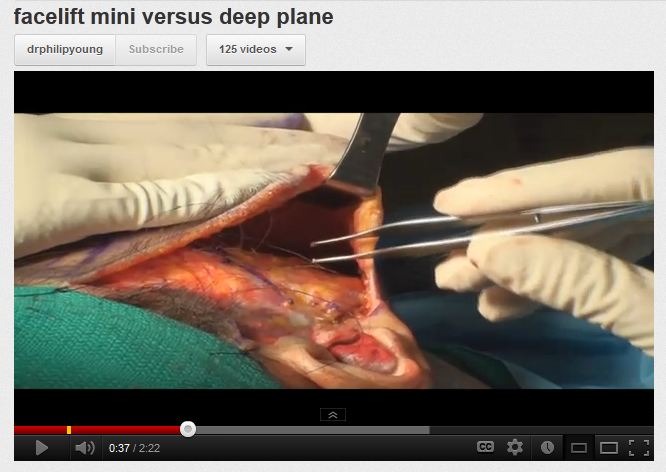by Dr. Philip Young | Aesthetic Facial Plastic Surgery:
Plastic Surgeons typically approached facial plastic and reconstructive surgery by reducing and excising away tissue. The results often lead to a tighter and unwanted look. These results have made people who have received plastic surgery in the past look like they had something done. The question is why that occurs.
As you age, the process is really dominated by a volume loss in your face (And your whole body for that matter). You lose volume all throughout the face. But what it appears to others though is that your face is dropping or sagging. How does this occur? Well, as you lose volume, the skin and tissues are no longer pushed forward away from the facial skeleton. Without this volume support the tissue, the only way for the tissues to move is down and inferiorly, therefore the sagging. So, in the past, plastic surgeons would see this drooping and would try to correct by lifting and cutting away tissue. This is also compounded by the fact that plastic surgeons were surgeons. What we mean is tht surgeons have been trained all of these years on the art of cutting and surgical procedures. Naturally over time, they had a predisposition to cutting things away. This is the genesis of the reduction philosophy in plastic surgery. See our Introduction video on the YoungVolumizer now called the YoungVitalizer.
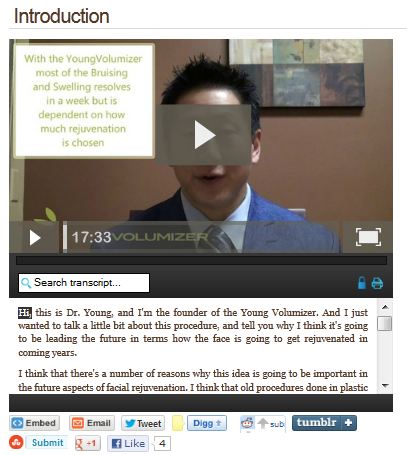
Why is this approach unatural? There is an easier way to answer this question and we have a great analogy. Your aging is analogous to a grape and it’s change to a raisin over time. This process of change entails a lot of volume changes. The grape is the volumized version of the raisin. Plastic surgery has traditionally approached facial rejuvenation by making this raisin into a smaller more pulled raisin. They made incisions in the raisin’s wrinkles (from being dried up) and then excised the skin of the grape to make things tighter. As you can start to see, the raisin that has gone through this approach can never really look like the grape it once was without some type of addition to the volume of the raisin.
We are advancing in our understanding of facial rejuvenation and the above ideas are central to this change in thought. Volumizing is playing a major role in this improvement of our approaches. It began with fillers in the 1990’s and possibly earlier. The nasolabial folds were the first areas to be volumized in this spirit. Collagen started the trend where restylane now dominates. This technique then began to be applied to other areas of the face such as the marionette lines (lines inferior to the corner of the mouth), lower eyelid hollows and bags, and the rest of the face. Because of the temporary results that were achieved from restylane (6 months to a year at best), other options began to surface and resurface. Long acting injectable fillers include radiesse (a natural bone product made up of calcium hydroxyapatite), artefill (methylmethacrylate microspheres), sculptra (poly-L lactic acid). Most of the results obtained by the longer acting fillers were like restylane but had the potential to last much longer. What has been found through experience, though, is that the longer acting injectables eventually do lose volume over the course of a year but the actual materials can persist for longer. How do we make sense of this? Part of the reason why is due to the carrier molecule that becomes absorbed (glycerin, carboxy methocellulose, etc). With this absorption, the results also wane. Silicone has been used as injectable filler, but the results are variable from good to disastrous.
As I mentioned, other options began to resurface with this new interest in volumizing. This new idea for more natural results, fat injections began to make a comeback. The process includes harvesting fat from another part of your body (abodomen most commonly but also hips, waist, side of the legs) and then it is refined and injected into various parts of the face. The results from fat grafting in the face can be amazing. The main issue with fat grafting is finding the most optimal technique to achieve the most reliable fat survival results. Consistency has been a major challenge for plastic surgeons. There are many steps that are taken with fat grafting that can play a role on the fat’s survival. It has been difficult to study every aspect of this process. But research is continuing. The plastic surgery community is doing all that it can to find the best alternatives including fat grafting and volumizing the face. In terms of fat grafting, there are many ways to approach this complicated endeavour. Just as many different artists will draw a face in an infinite amount of varying ways, so too can a plastic surgeon volumize a face in a those infinitesimal ways . The Young Vitalizer is an amazing approach to volumizing the face.
Other alternatives to volumizing the face is the use of facial implants. Facial implants are most commonly placed in the chin, and cheeks. Implants for the rest of the face have been used but with less frequency. Implants, however, require a significant surgical procedure to place them in the face which many people are not excited about. This is one of the reasons that fat grafting has taken such a big part of the stage in natural facial rejuvenation through volumizing.
Thanks for reading, Dr Young
Dr Young specializes in Facial Cosmetic and Reconstructive Surgery and is located in Bellevue near Seattle, Washington
